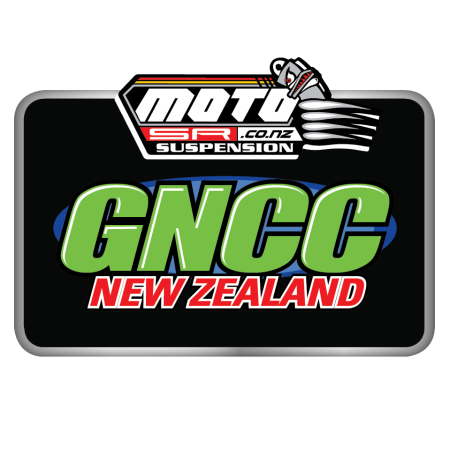 |
MotoGP Set-up Report - Brno
Round 11: Czech Republic, Brno
Track length: 5403 m
Opened: 1987
Fastest Lap Ever: 1'58.769 (Valentino Rossi, 2003)
MotoGP lap record: 1'59.302 (Alex Barros, 2004)
Last year MotoGP winner: Sete Gibernau
Circuit tel: +420 5 46216111
Circuit web site: www.automotodrombrno.cz
2004 Race Summary
Valentino Rossi started the Czech Republic Grand Prix somewhat disadvantaged after both qualifying sessions on Friday and Saturday were wet. With no opportunity to test for an optimum race setting he started the dry 22-lap race having made an educated guess at his M1's set-up. Nevertheless Rossi was in contention from the word go, slotting into fourth after the first lap. The Italian had a close battle on his YZR-M1 machine with championship Honda rivals Sete Gibernau and Max Biaggi, ultimately holding on to finish in second - 3.514 seconds behind Gibernau at the flag. After a slight scare at the end of the first lap, when his wheel touched the trackside grass causing a serious wobble, Rossi went on to pass the Hondas of Biaggi and Alex Barros to move into second position. With Barros crashing out after 14 laps, Rossi took the lead on lap 17 from Gibernau, after which the two swapped places no less than six times as Biaggi closed in on the duelling pair. A worn rear tyre mea!
nt Rossi had to settle for second as he was unable to make a final pass on Gibernau.
Set-up report YZR-M1
Visually Brno appears challenging with many long radius medium-speed turns and medium-length straights which lends the Brno Automotodrom to being one of the easier circuits - technically speaking - on the 17 round MotoGP calendar. Combined with the wide, smooth, track surface, it's a venue which also allows a variety of competitive racing lines and passing opportunities - and the majority of the time this takes place under brakes. The second part of the circuit is undulating, something which is not apparent form the TV images, while the corners themselves often feature a positive camber. The Brno tarmac also offers a great amount of grip, but without the reputation for tearing up tyres. All in all, a perfect venue to test the limits on everything a bike has to offer regarding handling.
Due its nature Brno is not overly demanding on any specific area of chassis set-up except on front end feel and the need to concentrate on the overall balance. The main target are good, stable turn in characteristics and a set-up that offers easy changes in direction; supported by a high level of feel from both the front and rear. Yamaha engineers will ensure that the weight bias is as neutral as possible to prevent the front Michelin overloading in the midpoint of the turn while also ensuring good drive off the sides of the rear tyre. This will build the rider's confidence, therefore encouraging him to keep a high rolling speed - a key to making up time at this particular venue. And since the track surface is relatively smooth and the top speeds only just nudge 300kmh, straight-line stability can be sacrificed to some degree in order to support this.
The M1 will run a slightly lower centre of gravity in an effort to improve the rate of pitching and the bike's ability to change direction quickly. It will also reduce the risk of the front folding under the rider while entering the downhill sweepers - caused when excess weight transfers onto the front tyre under deceleration.
With no real specific hard braking anywhere on the five kilometre layout, fork springs will be chosen to maximise rider feedback, although biased slightly towards the softer side. It will also be a similar case on the rear with the monoshock's spring rate. This is possible due to the circuit's design, which allows the rider to keep up his corner speed, and is therefore unlikely to load the rear shock under power to the same extent as riding, for example, the stop-and-go Le Mans layout.
With the long radius corners a consistent and progressive throttle action is needed to ride them quickly. Although power is always a must have, throttle connection and a linear power delivery play a prime part in any successful result at Brno.

